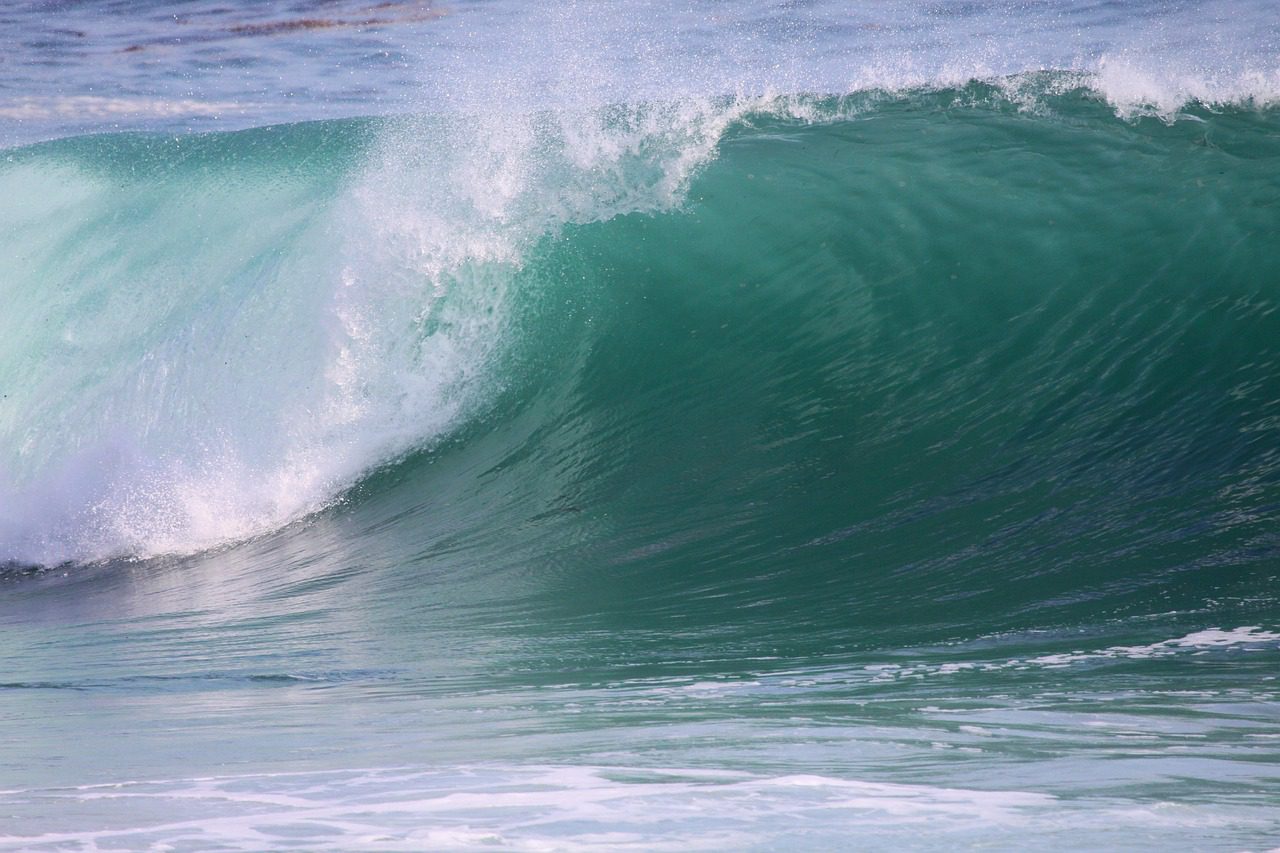

According to City Councilman Todd Gloria, the City of San Diego removed 6,500 tons of debris with the street sweeping program last year. Even more astounding, cleanup efforts removed more than 38 tons from Chollas Creek alone.
But efforts by the cities aren’t enough to keep this trash from impacting more than 275 marine species, especially when estimates show that more than 80% of marine debris starts on land.
About 100 people gathered at San Diego Coastkeeper’s office in Liberty Station last night for its Signs of the Tide public forum exploring The Great Trash Migration. Moderated by Councilman Gloria, the evening included presentations from Coastkeeper’s Education and Marine Debris Manager Alicia Glassco; VP of EDCO Waste and Recycling Jeff Ritchie; Chief Deputy Director of the State Water Resources Control Board Jon Bishop; and Friend of Olivia Canyon Organizer John Hanley.
Alicia poured through data from cleanups she helps organize with partner organizations, noting that inland cleanup sites tend to see major trash like furniture, car hoods, illegal dumping and transient camps. And while the pounds of debris per volunteer that are removed on the beach tend to be much smaller, in 2010 alone volunteers removed 25,000 pieces of Styrofoam. These small pieces of litter are collectively very dangerous because marine animals mistake them for food and often end up dying from starvation.


Jon highlighted regulations for stormwater management in San Francisco and Los Angeles that have paved the way for statewide regulations. According to his data, its commercial and industrial industries that cause 80% of the trash entering our storm drains. And it’s the plastic pellet—the nurdle—that most keeps him up at night. While nurdles are only manufactured in Texas and the majority of the problem areas are industrial locations in areas like Orange County and Los Angeles, he said they’ve found nurdles on every beach from Mexico to Oregon.
What’s the solution to the Great Trash Migration?
John says, “It really has to do with working together and forming partnerships to keep our canyons clean.”
To join our efforts, become a member now or check our events calendar for the next cleanup.













